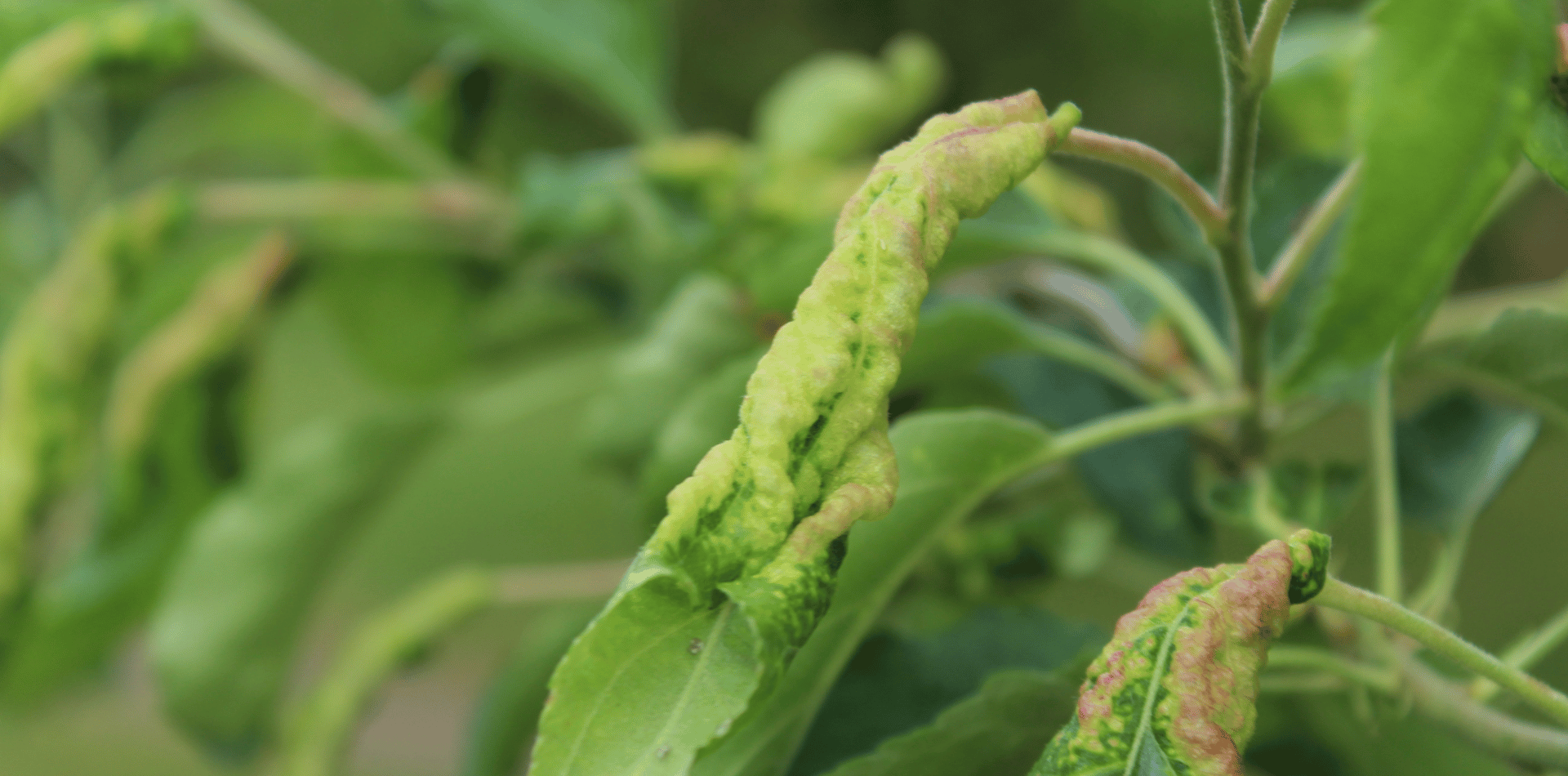How the Australian Wattle Trees contributes to Vegetation Diversity
Australian Wattle Trees and Their Importance to Vegetation Diversity.
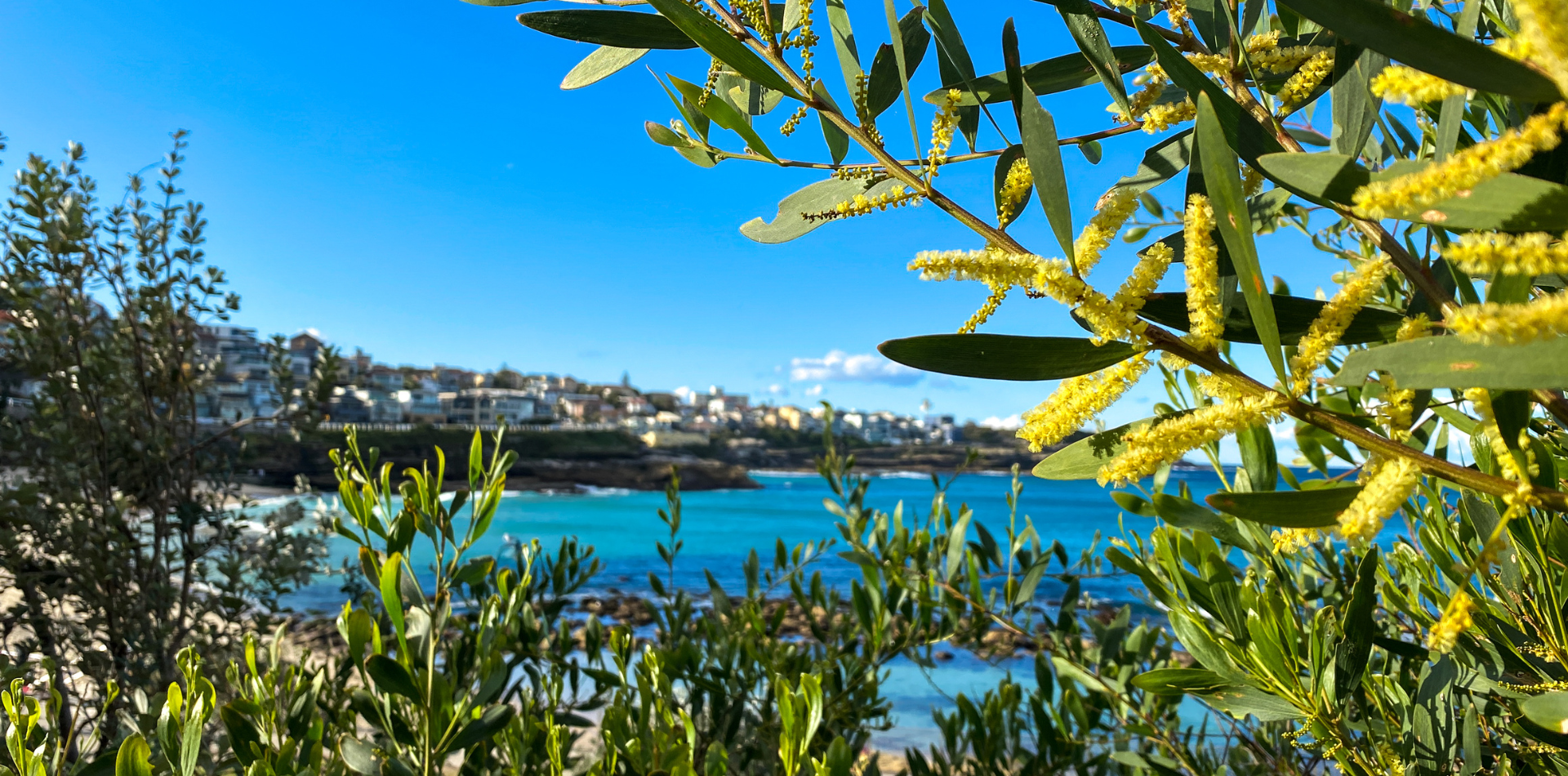
Wattle trees, belonging to the genus Acacia, are a prominent and diverse group of trees and shrubs in Australia.
With over 1,000 species, wattles are found in almost every Australian landscape, from dense forests to arid deserts.
Let's explore the unique characteristics of Australian wattle trees and their significant contribution to our country's vegetation diversity.
Diversity of Australian Wattles
Australian wattles come in an incredible range of sizes, shapes, and adaptations, making them one of the most diverse plant genera in Australia.
Some species like Acacia pycnantha, the Golden Wattle, which is also Australia's national floral emblem, are large and tree-like, while others are small and shrub-like.
This variety allows wattles to inhabit a wide range of ecological niches across the continent.
Ecological Importance of Wattles
Wattles play a vital role in maintaining ecological balance in their environments.
They are particularly important in Australia’s arid and semi-arid regions, where they are often the dominant species. Here, wattles contribute significantly to the structure and function of the ecosystems, providing habitat and food for a wide range of wildlife.
Contribution to Soil Fertility
Many wattle species are nitrogen-fixers, meaning they have a symbiotic relationship with bacteria in their root nodules that convert atmospheric nitrogen into a form usable by plants. This process enriches the soil with essential nutrients, thereby supporting a diverse array of plant life and contributing to the overall health of the ecosystem.
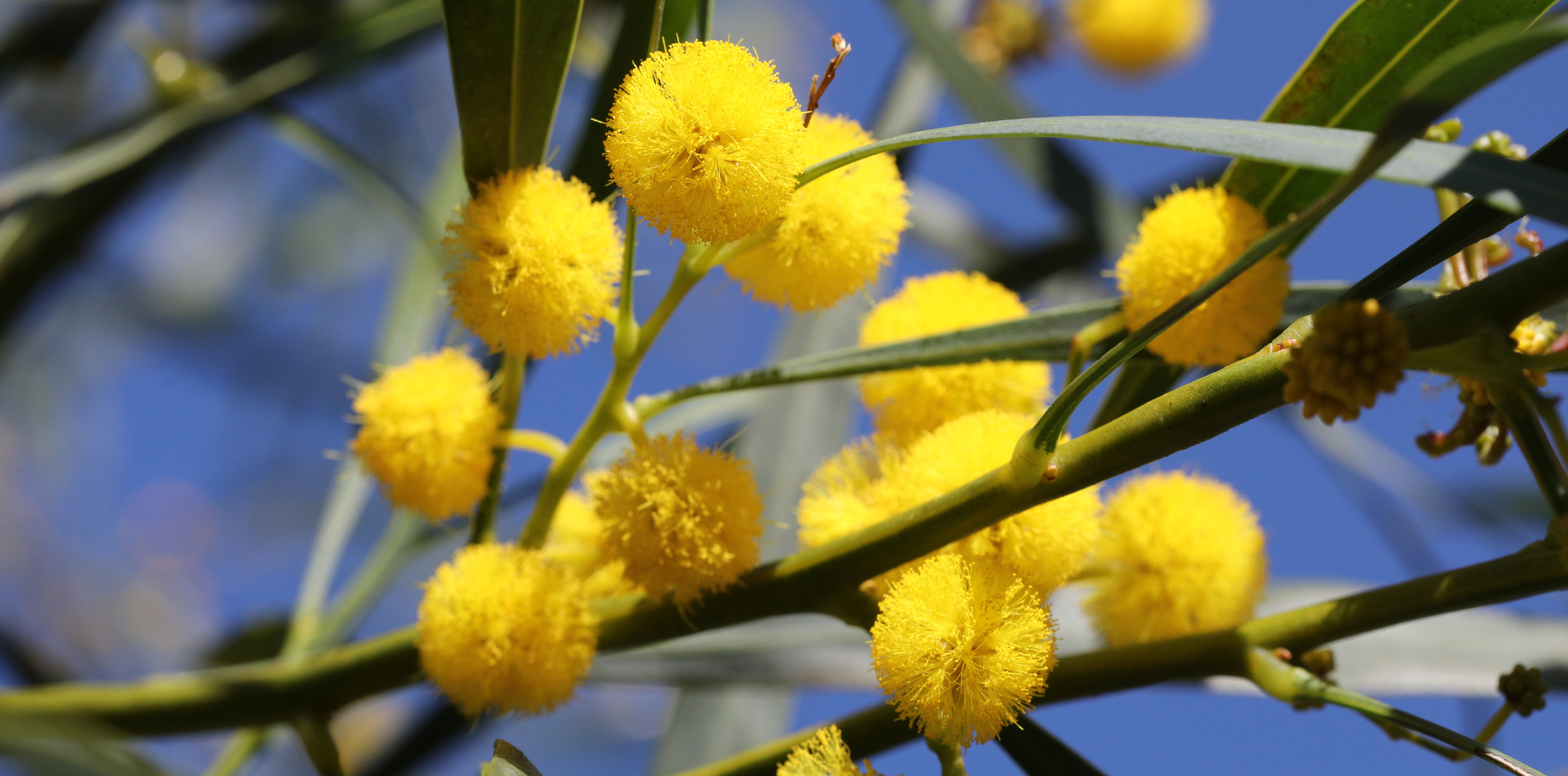
Adaptability and Resilience
Wattles have adapted to a wide range of Australian climates and conditions.
Some species are highly drought-tolerant, while others thrive in wetter environments.
This adaptability has allowed wattles to become a key component of various landscapes across our country, enhancing the diversity and resilience of these ecosystems.
Cultural Significance
Wattles have a long history of use by Indigenous Australians, who have used various species for food, medicine, tools, and ceremonial purposes.
The wattle is also an important cultural symbol in modern Australia, representing resilience, growth, and the natural beauty of the Australian landscape.
Threats and Conservation
Like many native Australian plants, wattle species face threats from habitat loss, invasive species, and climate change.
Conservation efforts are essential to protect these important trees and the diverse ecosystems they support. Efforts include habitat preservation, restoration projects, and research into the impacts of environmental changes on wattle species.
Australian wattle trees are not just a symbol of the Australian flora; they are a cornerstone of our country’s vegetation diversity.
Their ability to thrive in various environments, enrich the soil, and provide habitat and food for wildlife makes them an integral part of the Australian landscape.
Preserving wattle trees and their habitats is crucial for maintaining the ecological balance and biodiversity of Australia.
As Australia faces environmental challenges, the resilience and adaptability of wattles may offer valuable insights into sustainable ecosystem management.


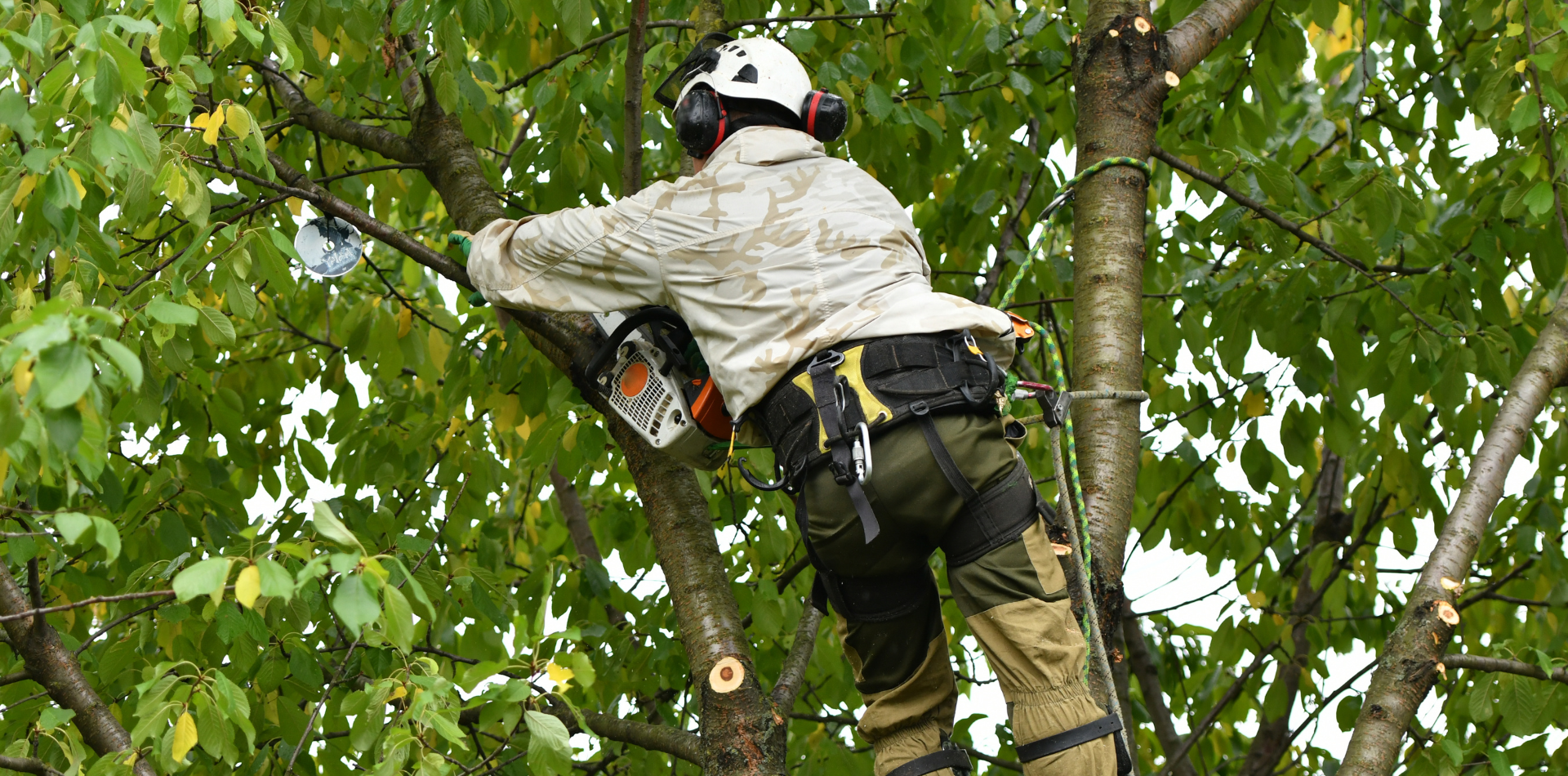
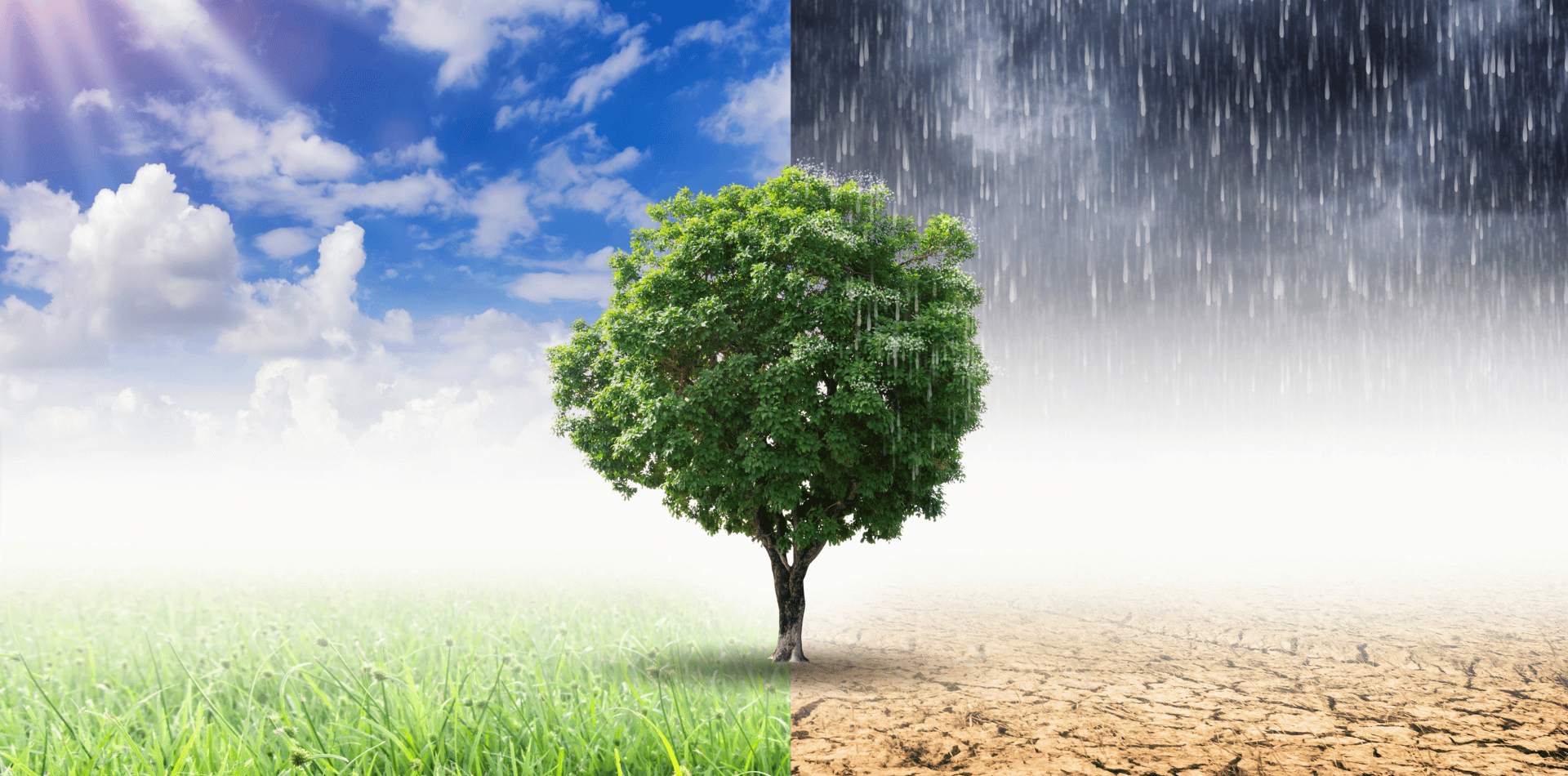

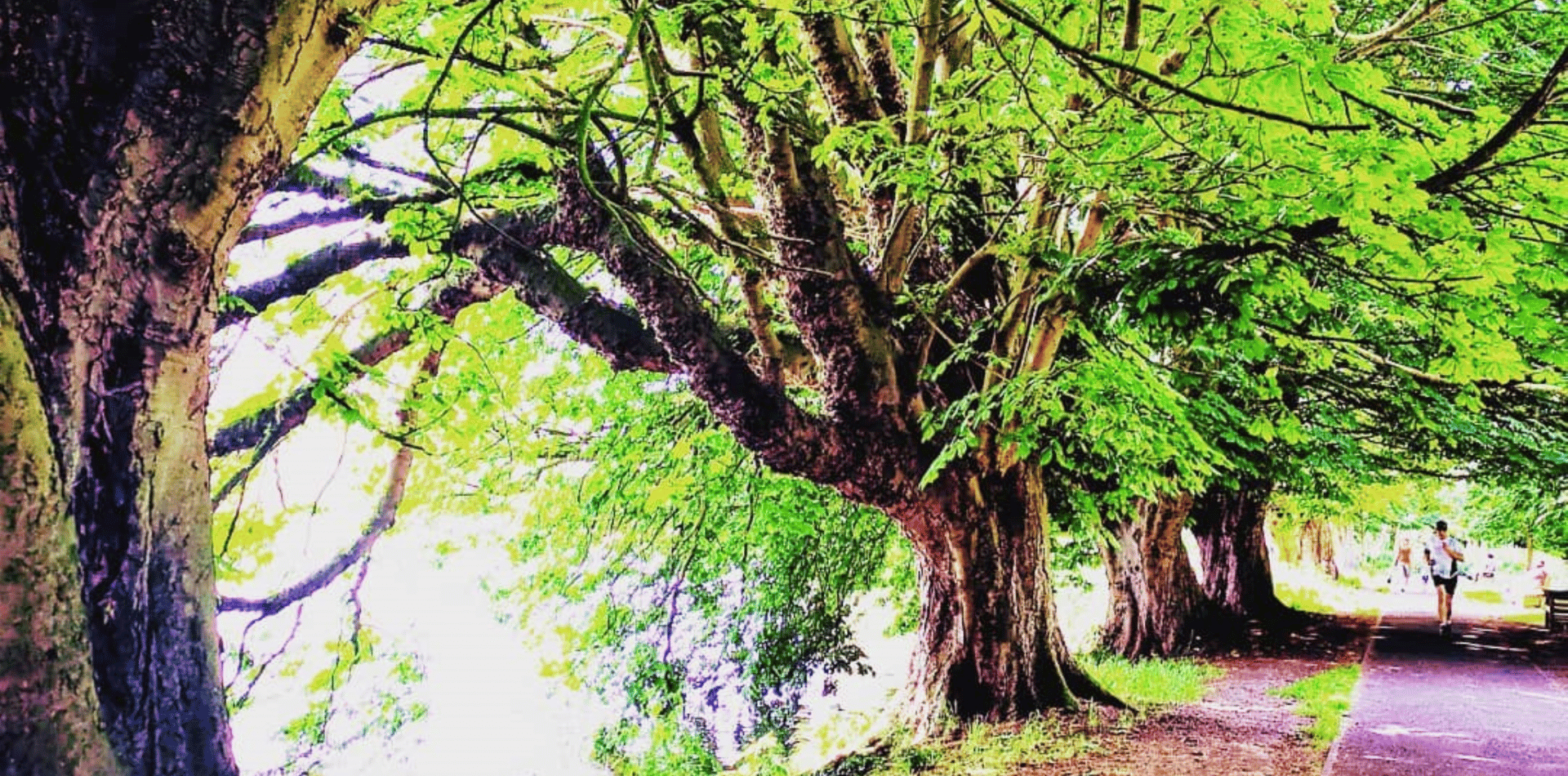
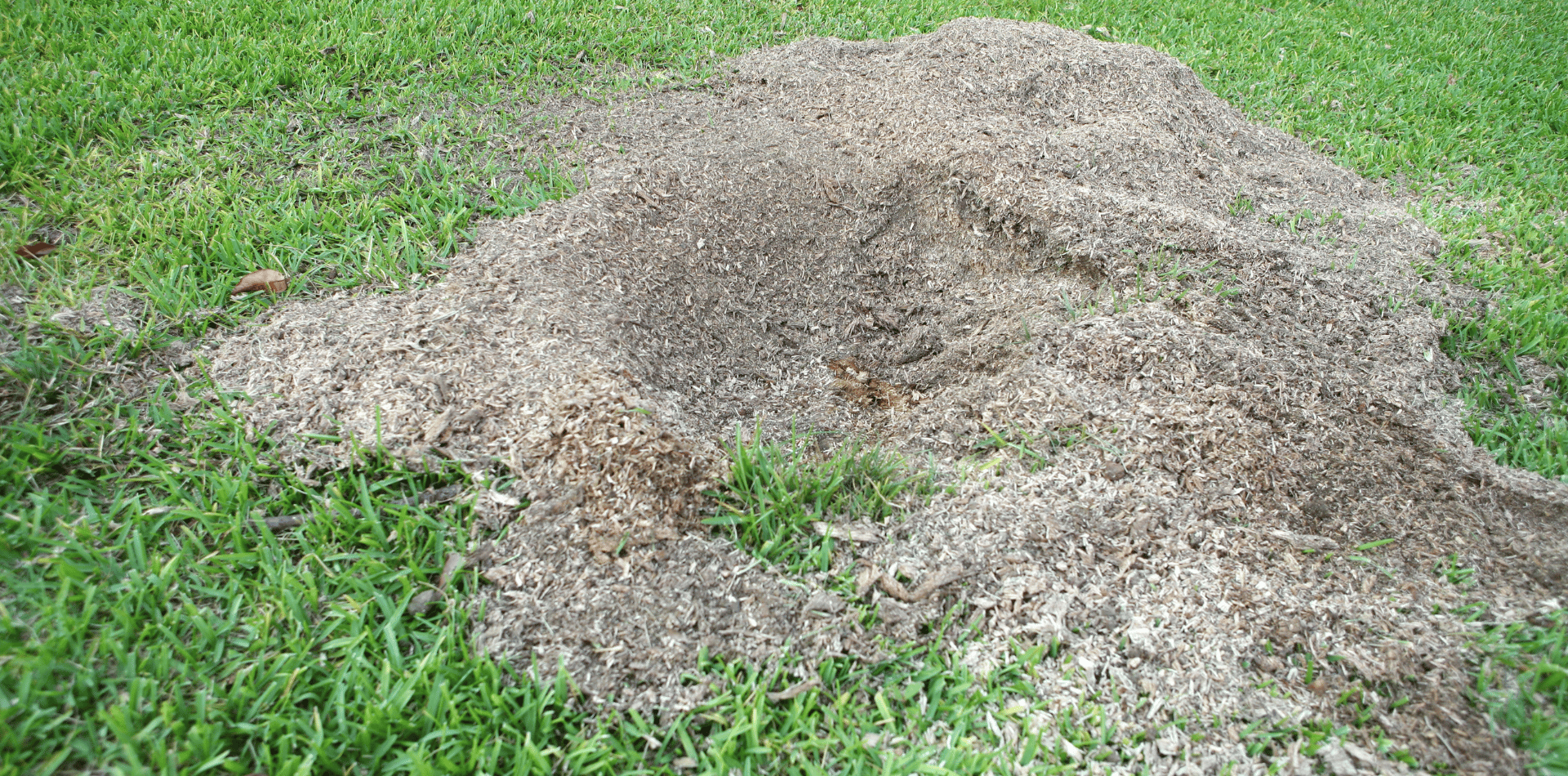
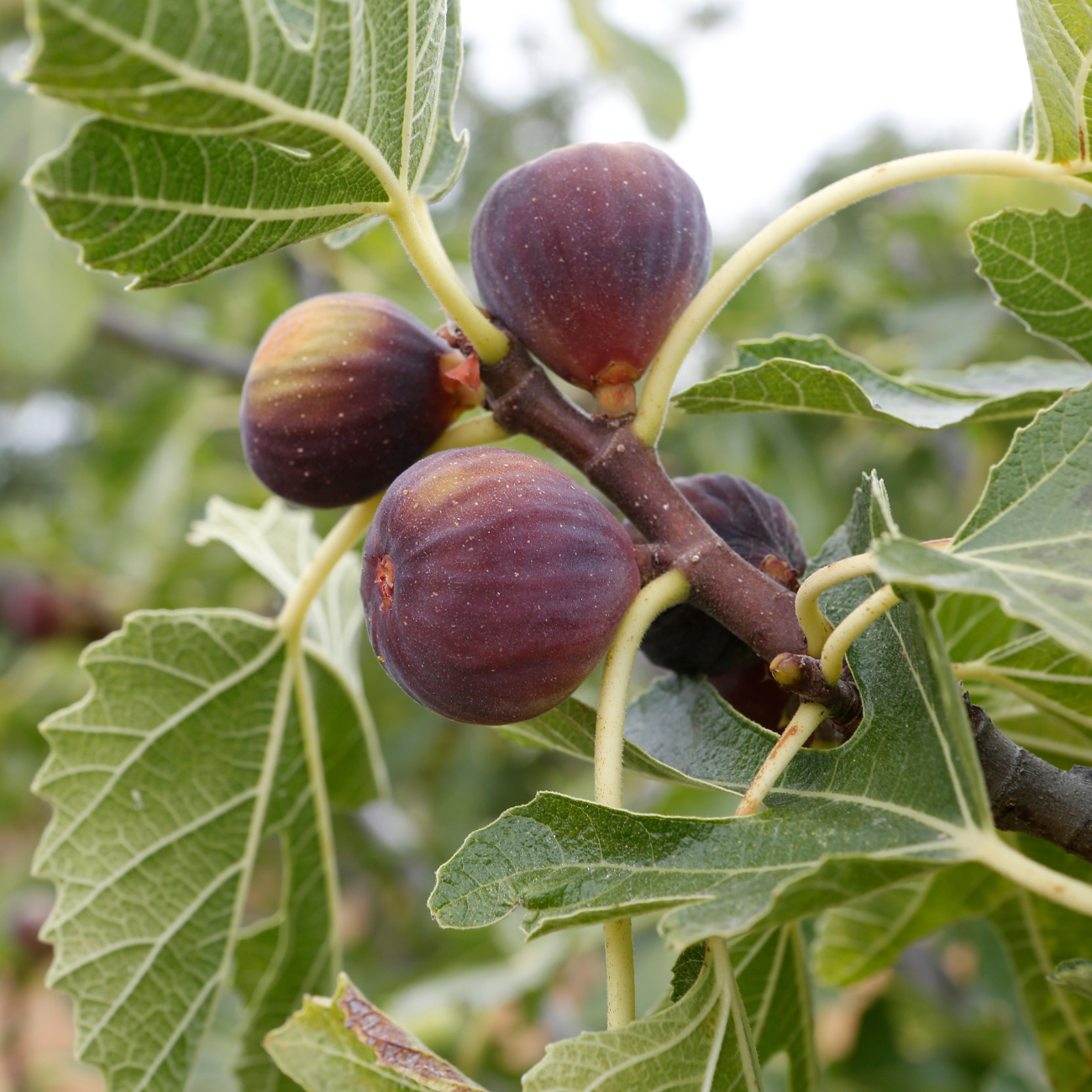

Contact
Kaptol Tree Removal Newcastle
A Member of the Kaptol Group
Powered by Kaptol Media

